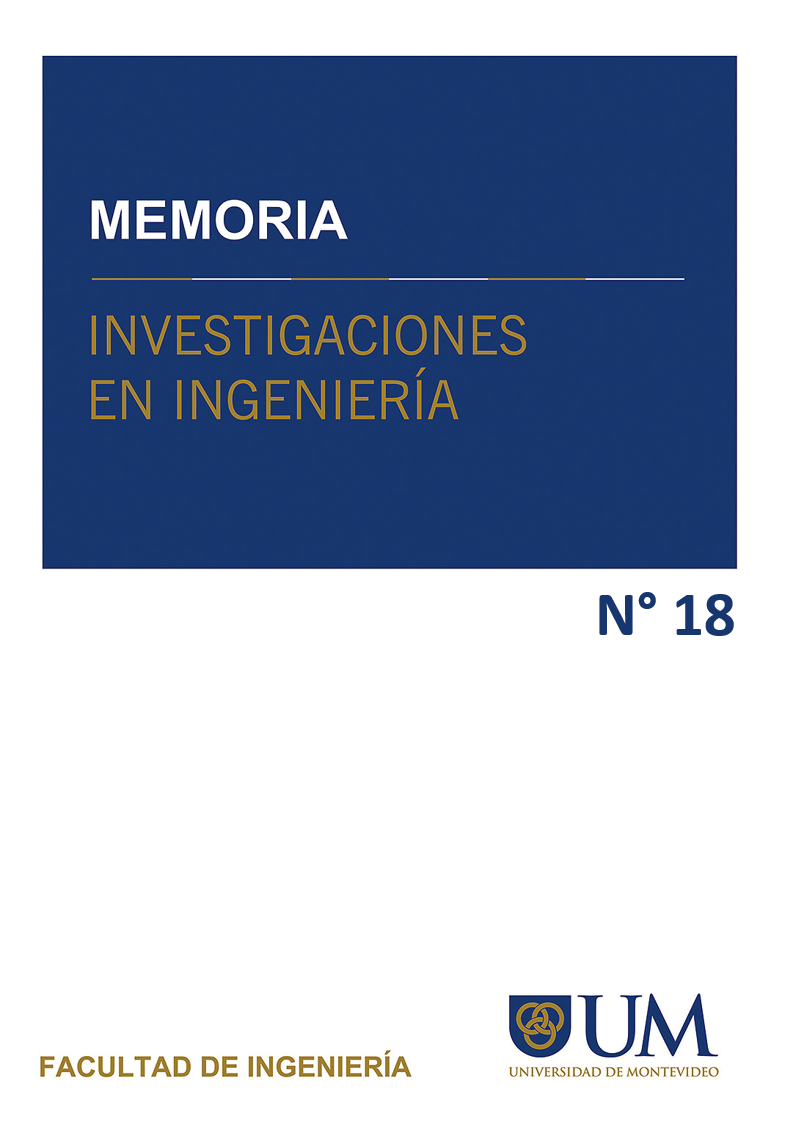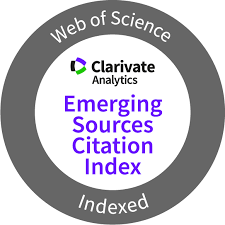Biomass district Heating in small communities
DOI:
https://doi.org/10.36561/ING.18.2Keywords:
District heating and Cooling, Biomass, Renewables EnergiesAbstract
The urban heat networks (District Heating, DH) combined with the use of renewable energies, such as the biomass of agricultural waste, have been consolidated as an important tool for energy efficiency and the reduction of the emissions of greenhouse gases in the United States and the countries in the north and center of Europe. The objective of the networks for the thermal distribution is to offer a service of air conditioning (comfort heating and cooling) and the production of sanitary hot water for the residents of the different buildings of an area connected to the network, guaranteeing better energy efficiency and quality of service with respect to what would be obtained from individual installations. If the use of an energetic waste to produce heat, is added to the possibility of placing cogeneration plants (with a production comfort heating and cooling and electric power), the district heating business becomes even more prosperous. In the present paper, after a long review of the state of the art of heating of the Biomass District Heating, the technical implications of the equipment of a thermal power plant and the agricultural activity of Uruguay, a practical solution is proposed to be replicated in all the small communities of the country. For this solution, three particular crops residues - soybean, grape and olive residues –are used.
Downloads
References
DHcar, “The Case of District Heating: 1000 cities can´t be wrong,” 2017.
HeatRoadmapEU, “Methodologies and assumptions used in the mapping. Deliverable 2.3: A final report outlining the methodology and assumptions used in the mapping,” H2020EE-2015-3-MarketUptake, 2012-2015.
R. Al-Karany, “Caracterizacion y preparacion de residuos de Biomasa con ensayos experimentales de secado termico y combustion no contaminante”, Tesis de maestría, Portoalegre: IPP - ESTG, 2013. [Online], Available: http://hdl.handle.net/10400.26/17064
P. Curto, G. Pena, C. Mantero, G. Siri, N. Tancredi, A. Amaya, A. Durante, A. Ibañez, F. Ernst, L. Braga and M. Flores, “Cuantificación y evaluación del potencial energético de residuos agrarios y agroindustriales no tradicionales,” Montevideo: Instituto de Ingeniería Mecánica y Producción Industrial, Facultad de Ingeniería, Universidad de la República, 2017.
C. Faroppa and Energy Consulting Services SA, “Evaluación de la disponibilidad de residuos o subproductos de biomasa a nivel nacional,” Montevideo: MIEMDNETN, 2010.
MGAP-DIEA, “Censo General Agropecuario. Resultados finales,” 2011.
P. Couto, MGAP-DIEA, “Encuesta Agrícola. Primavera 2016. Serie de Encuestas 344,” Ramillo, 2016.
R. Golecha and J. Gan, “Biomass transport cost from field to conversion facility when biomass yield density and road network vary with transport radius,” Applied Energy, vol. 164, pp. 321-331, 2016.
INE. Instituto Nacional de Estadística., “Censo 2011,” 2011.
MIEM and DNE, “Encuesta Consumo Energético Residencial 2013. Planificación, Estadística y Balance,” Montevideo: MIEM, 2013.
URSEA, MIEM, “Especificaciones técnicas uruguayas de instalaciones solares térmicas,” URSEA. ETUS 2014.03, 2014.
ASHRAE, “Standard 90.1: Energy Standard for Buildings Except Low-Rise Residential Buildings,” 2016.
Efiterm, Logstor, “Catálogo técnico District Heating and Cooling. Tuberías de acero preaisladas,” Logstor, 2015.
J. Keirstead, N. Samsatli, N. Shah and C. Weber, “The impact of CHP (combined heat and power) planning restrictions on the efficiency of urban energy systems,” Energy, vol. 41, n.º 1, pp. 93-103, 2012.
MIEM, “Balance Energético Nacional,” 2015.






















